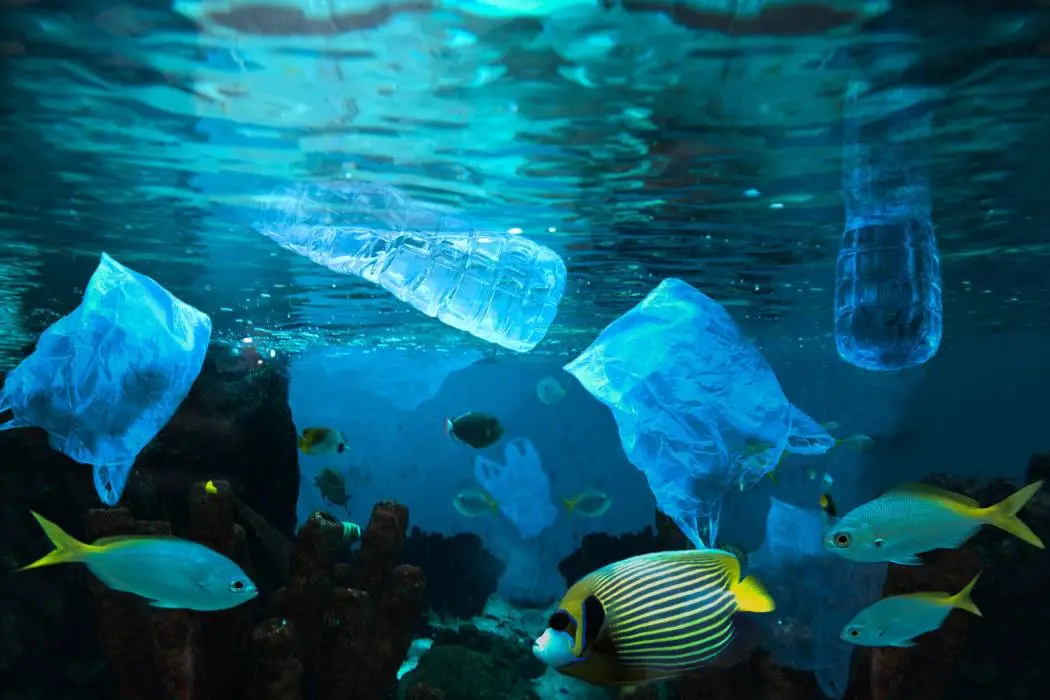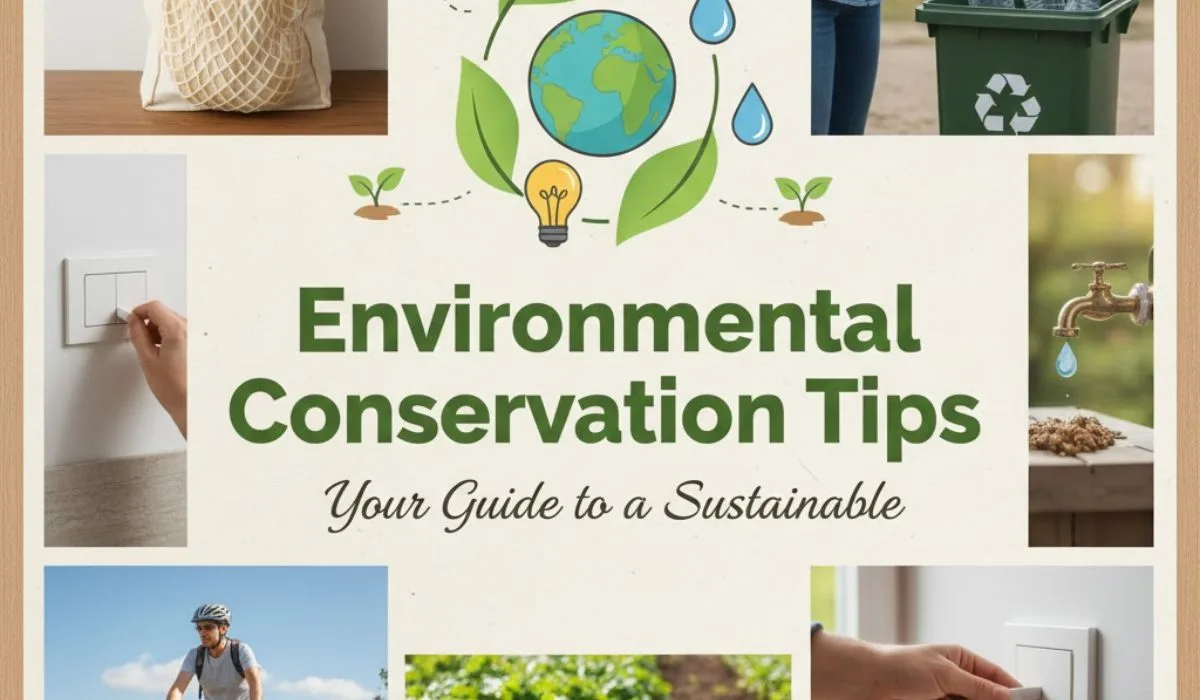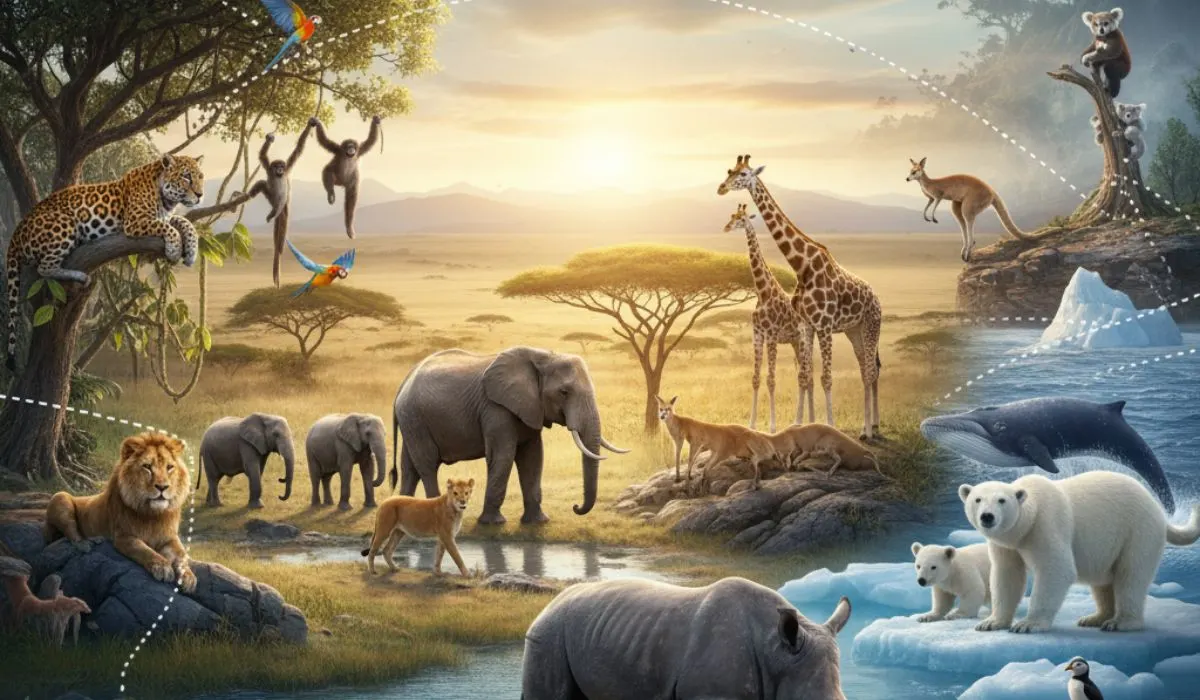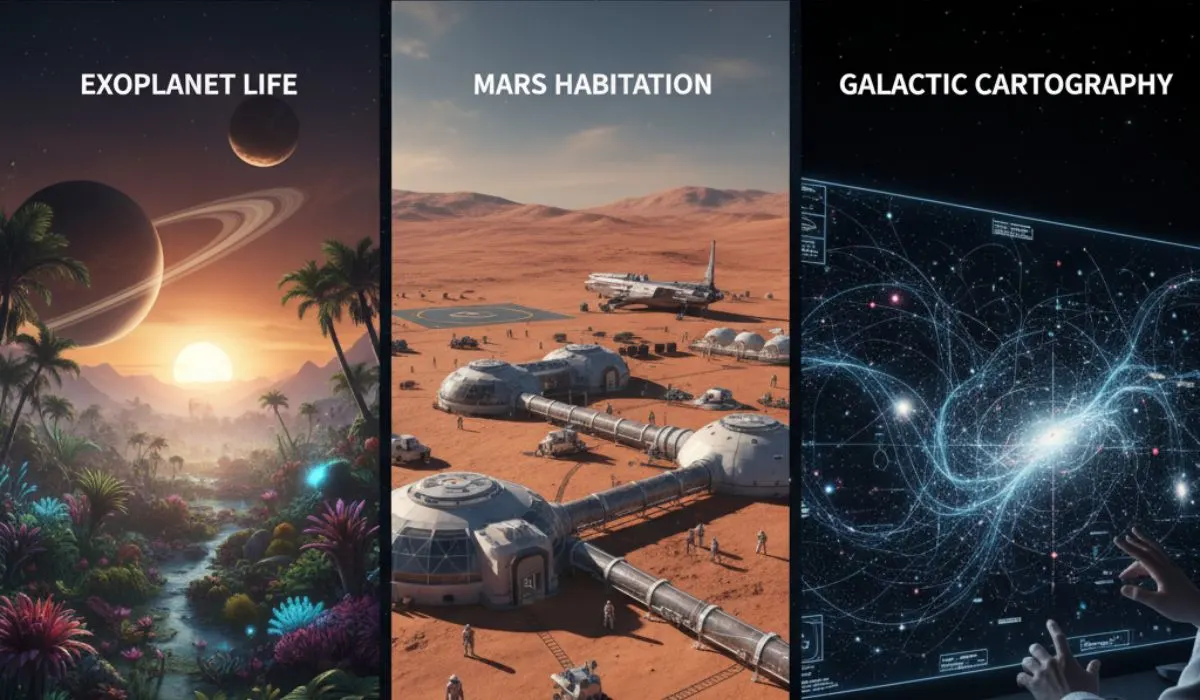Getting a direct view on pollution can astound you; one startling statistic is that 1.2 million tons of hazardous materials are dumped into our water supplies annually. This startling figure draws attention to a serious problem: chemical pollution is rising among the main hazards seriously endangering our rivers, lakes, even drinking water. We utilize them for many facets of our life, including consumption and pleasure; so, it is imperative to know the consequences of chemical contamination.
The next section of this post will look at how chemical pollution has become a terrifying threat to water we purchase from reputable sources or directly draw from. We shall then look at the sources of these harmful compounds: household items waste, agricultural drainages, and industrial emissions. Additionally taught will be some of the worst effects of pollution on water bodies as well as how it alters plant and animal cycle populations.
Still, the risks do not stop here. Chemicals are acknowledged to contaminate sources of pure drinking water and might cause serious health problems for humans. We will be talking about these health issues including long-term ailments as well as short-term body changes. Finally, we will go over the several ways we could battle pollution and protect our priceless water supplies.
Reading this article will help you to appreciate why chemical contamination is a serious issue and how to manage it.
Understanding Chemical Pollution

Chemical contamination is the result of substances from agricultural methods and industry contaminating the surroundings. These can be dangerous for man's health as well as for the surroundings and influence the quality of soil, water, and air.
The several groups of substances that generate pollution are as follows: For example, lead and mercury can be discovered invading water systems mostly from industrial pollution. Farmers engaged in surface mining and deforestation apply herbicides and fertilizers for their agricultural needs, therefore contaminating rivers and lakes with green algae and soil. Many medications that contaminate water sources by poor disposal or metabolism disrupt the way of life for water inhabitants. Additionally adding to the hazardous load are manufacturing industry byproducts and solvents.
Chemical contamination has several sources. Industrial wastes and discharge create environmental degradation; companies release gaseous wastes into the atmosphere and waste into water. b. The fertilizers and pesticides applied in agriculture move from the field to the water sources, starting nutrient frenzy and pollution. Stormwater subsequently releases cleaned-down household products including residual medications and cleaning agents down the drains into water bodies. Furthermore, transportation and storage tanks might lead to leaks and mishaps, thereby releasing harmful chemicals that damage the man and the surroundings.
We understand the sources and kinds of chemical contaminants so as to offset their impacts. Therefore, agriculture and chemicals can be avoided to achieve their negative destructive impacts on human and environmental health in the same ways as the controllable negative consequences of waste management.
Impact on Waterways
Pollution harms our rivers, therefore affecting the aquatic life as well as those dependent on them. One major issue is that alters the dynamics of the entire food chain. Working their way up the chain as larger fish consume the smaller ones, chemical garbage and heavy metals contaminate the water and poison fish. This can wipe out enormous numbers of fish and other aquatic species, therefore upsetting once quite balanced ecosystems before humans began to mess things around.
Another problem is how pollutants in lakes, rivers, and streams make the water unappealing to drink or swim in, therefore degrading water quality for us humans. It alters the chemistry of the water over time, therefore upsetting long-term conditions for human populations as well as for wildlife. Water treatment among other processes gets disrupted, and health hazards linger.
Pollutants cause great problems even as they sink and contaminate groundwater. Pollution of aquifers and wells compromises water supplies for ecosystems, agriculture, and drinking. Like metals and nitrates, crabs can hang for decades beneath ground. Good luck on the cleanup of that disaster.
Impact on Drinking Water
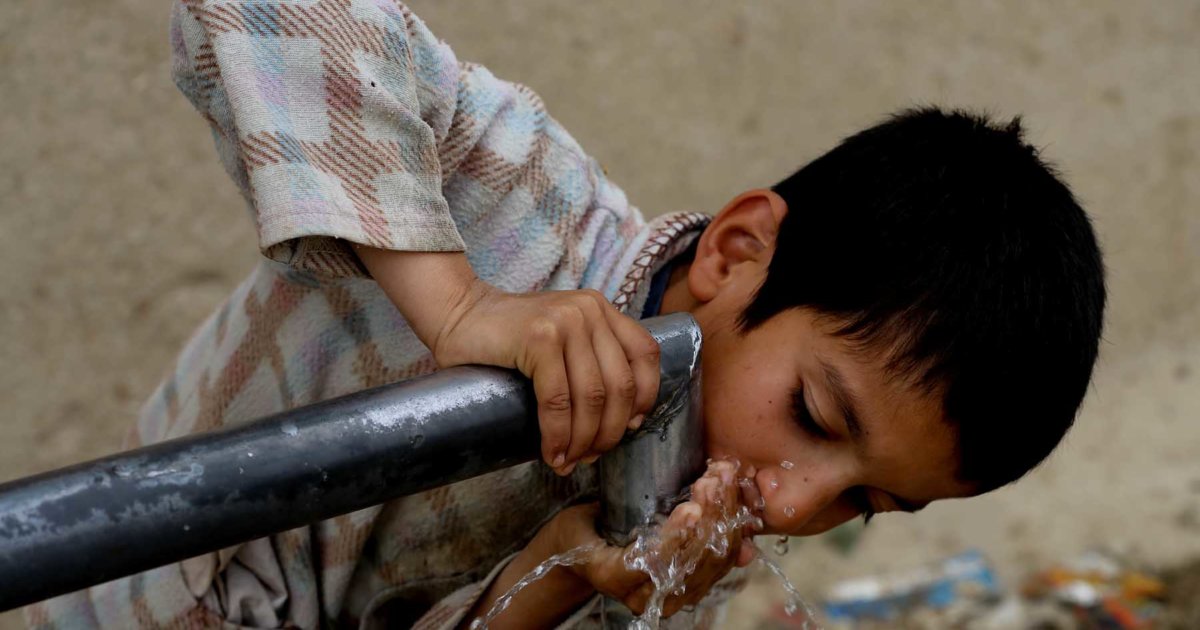
The quality of water accessible for human consumption is seriously threatened by pollution of water, especially drinking water by chemicals. Lead, pesticides, nitrates, and industrial chemicals polling water supplies via agricultural runoff, industrial dumping, and crumbling water pipelines are among the chemical pollutants. Although some of the substances are poisonous, a lot of them could be just fatal. For lead, EPA defines the maximum control level, for instance. Though there are low thresholds for some harmful drugs, their presence may be harmful, especially to sensitive groups.
Health-wise, the hazards connected to drinking contaminated water are great. If one is exposed to high concentrations of some chemicals for a brief period, some of the consequences probably to be seen are nausea, headache, and skin irritation. Among the far harsher chronic effects include cancer, neurological system damage, and endocrine system disturbance. Since their bodies are still in development and, thus, most sensitive to the negative effects of such a substance, children and pregnant women are among the most afflicted ones.
For example, this happened in Flint, Michigan, where the government opted to switch the water source, leading to lead contamination. Lead poisoning resulted from Flint switching its water source to the Flint River in 2014. Lead was causing tens of thousands of people—including children—to live under toxic influence that compromised their health. This worldwide situation made constant assessment and guarantee of water fit for human use necessary.
Current Regulations and Their Effectiveness
Therefore, it is clear that control of chemical contamination depends on the government. The Safe Drinking Water Act and the Clean Water Act in the United States seek to safeguard water bodies and offer safe drinking water by means of control of the release of harmful chemicals. Still, enforcing these rules is challenging given the poor manpower capability to monitor the areas and the reality that pollution usually affects large areas.
Reducing chemicals that contaminate the environment in businesses also depends much on organizations. Few businesses have adopted good practices; this is shown by their beginning usage of less dangerous chemicals, improved waste management, and environmentally friendly technologies. For instance, these sectors have cut the usage of chemicals, therefore altering the chemical flow in the ecosystems. There are other cases, though, where businesses should focus more on rules and standards since incidents related to pollution result from either lack of control or cost cutting.
The several nations have diverse opinions on chemical contamination. For example, under the REACH program of the European Union, which controls chemicals, businesses have to register and evaluate them before usage. Conversely, some underdeveloped nations may have more lenient rules and standards, quite naturally given the nature of capital and development issues, which would increase the pollution index. You may also read this: Easy Ways to Embrace Green Living Today
Potential Solutions and Mitigation Strategies

Although chemical pollution is still a major concern today, various steps and strategies allow one to manage it.
Regarding the human causes of chemical pollution, (IT) technological innovations are the major weapon in the battle against this evil. Potential to remove pollutants from water sources and reduce dangers to human beings and the environment, water treatment technologies comprise membrane filtration, sophisticated oxidation processes, and bio-remediation. Another area of progress is pollution detection; artificial intelligence monitoring systems and sensors have grown increasingly accurate in real-time pollution identification and detection. Moreover, steps like organic manure use and integrated pest control help to reduce chemical input, so contaminating the Catchment by farming operations.
Improvement of the system depends on policy proposals. Social control guarantees that different sectors of agriculture and businesses follow specific environmental criteria and limitations on the emissions of some substances. The governments directly can also inspire people by offering incentives linked to pollution where governments can give tax concessions or subsidies to companies using green technologies or green practices, so addressing only a few ways of increasing involvement in pollution prevention.
Thus, also quite vital is community and personal action. Local population groups operate as watchdogs of environmental damage since they have a great responsibility of gauging the degree of pollution and requesting higher implementation of emissions guidelines. At the personal level, one can reduce the chemical footprint by using eco-friendly items, equally distributing garbage, and supporting businesses from the surroundings. Improving public knowledge of the consequences of chemical contamination would also allow them to make decisions aiming at a better environment.
Conclusion
Pitched as the next threat to our aquatic ecosystems and water supply, chemical pollution is fast taking front stage in terms of environmental and human health issues. Chemicals found in manufacturing, agriculture, and household goods contaminate water supplies, upset aquatic life, and change water quality. Long term, these contaminants in our drinking water cause diseases and developmental problems that compromise human health.
Dealing with this growing problem means improving legal control, raising awareness, and using wise environmental policies. Society has numerous reasons to keep safeguarding sources of pure water: the preservation of our ecosystems and the welfare of the present and next generations. Several actions should be made in the present world status to solve the issue of chemical contamination and safeguard the most valuable resource: water.

